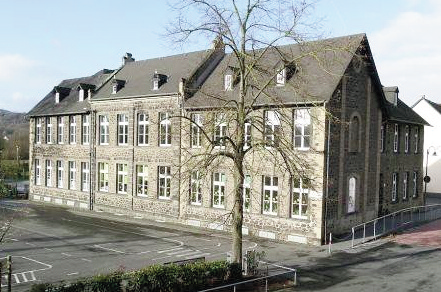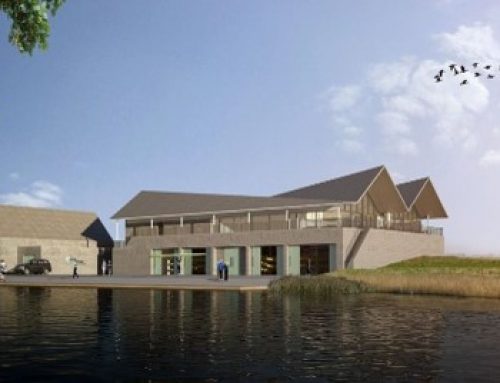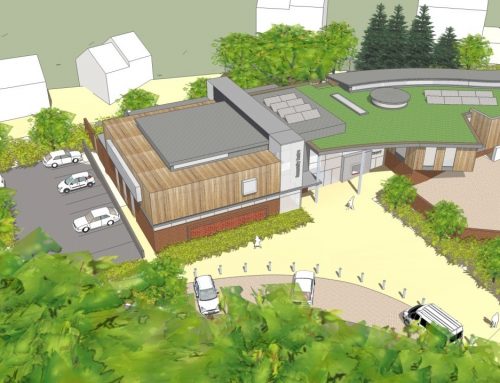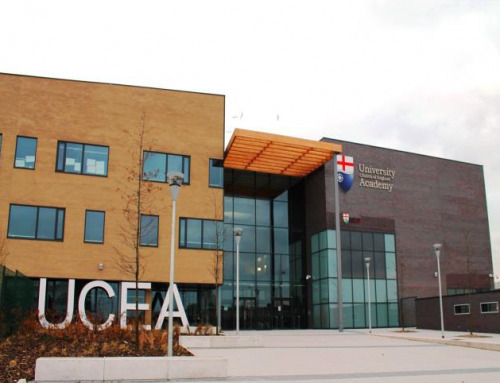Primary School, Plaidt, Germany
The school building in Plaidt (Germany, near Koblenz) was built at the very beginning of the 20th century, in full compliance with the standards of that time: very high ceilings, large windows and poorly insulated walls, windows and doors.
The heating system consisted of two electric heat pumps (51.3 kW and 37.0 kW) and cast-iron radiators with manual control valves. The existing heating system was retrofitted in 2010 when the entire building was renovated.
The solution
In order to use renewable energy sources, Robur ground source Gas Absorption Heat Pumps were installed in co-operation with the gas utility Energieversorgung Mittelrhein (EVM). The total heating load of the building is approximately 90
kW. The required outlet water temperature for heating has been reduced down to 40°C even if it has not been necessary to replace the existing radiators. In order to increase the efficiency of the system, the system works with an outdoor rest curve.
One Robur ground source Gas Absorption Heat Pump (maximum capacity of 40 kW) was installed in combination with a back-up boiler (for peak load coverage) of 50 kW heating capacity. The Robur Gas Absorption Heat Pump is running constantly year-round, while the back-up boiler kicks in only during a few of the coldest days.
The outcomes
Gas Absorption Heat Pumps can recover up to 40.9% of renewable energy (from the ground) and reach a heating efficiency up to 169%. This leads to a reduction of CO2 emissions up to 44% in comparison with the previous EHP system. Robur Gas Absorption Heat Pumps are the most beneficial heating system to improve the energy performance of the buildings with a consequent increase of the value of the building. The Robur ground source Gas Absorption Heat Pumps are listed inside the German BAFA incentive program.
E-ON Ruhrgas AG and the gas utility EVM installed a measuring system for the evaluation of the energy consumption (performance) of the system. As the temperature of the ground source is almost constant and warm year round, and the outlet water temperature is low, a seasonal efficiency of 138% has been reported. This number confirms the calculated energy saving. This real reduction in terms of primary energy leads to an operating cost savings of 39% if compared with the previous solution using 2 electric heat pumps.
The efficiency measured in the field is fully consistent with the efficiency that could have been provided by the best geothermal electric heat pumps available in the market. In fact, these electric heat pumps have a nominal COP (Coefficient of Performance) of 4.0, but an average seasonal COP of only 3.5. The most important difference between the two heat pump technologies (GAHP and EHP) is the amount of the capital investment for the geothermal system: as a matter of fact, GAHP can reduce this investment by 50% in comparison with the EHP which means, in this specific case, a reduction of the total borehole length of approximately 300 m.






